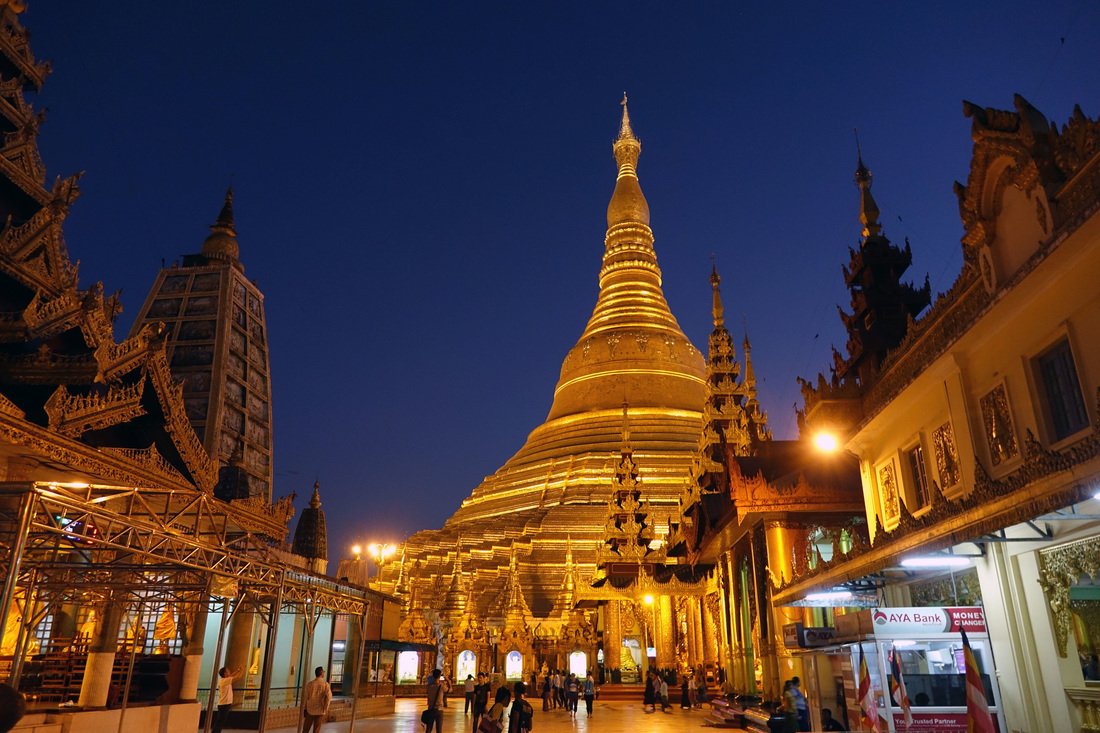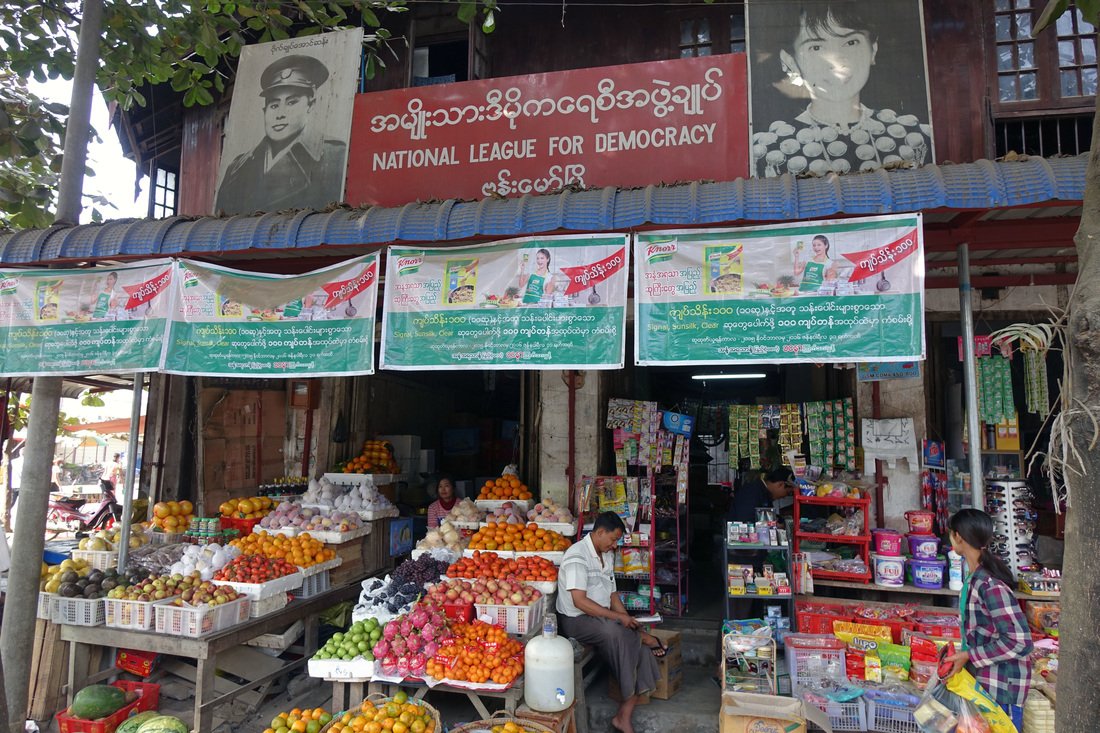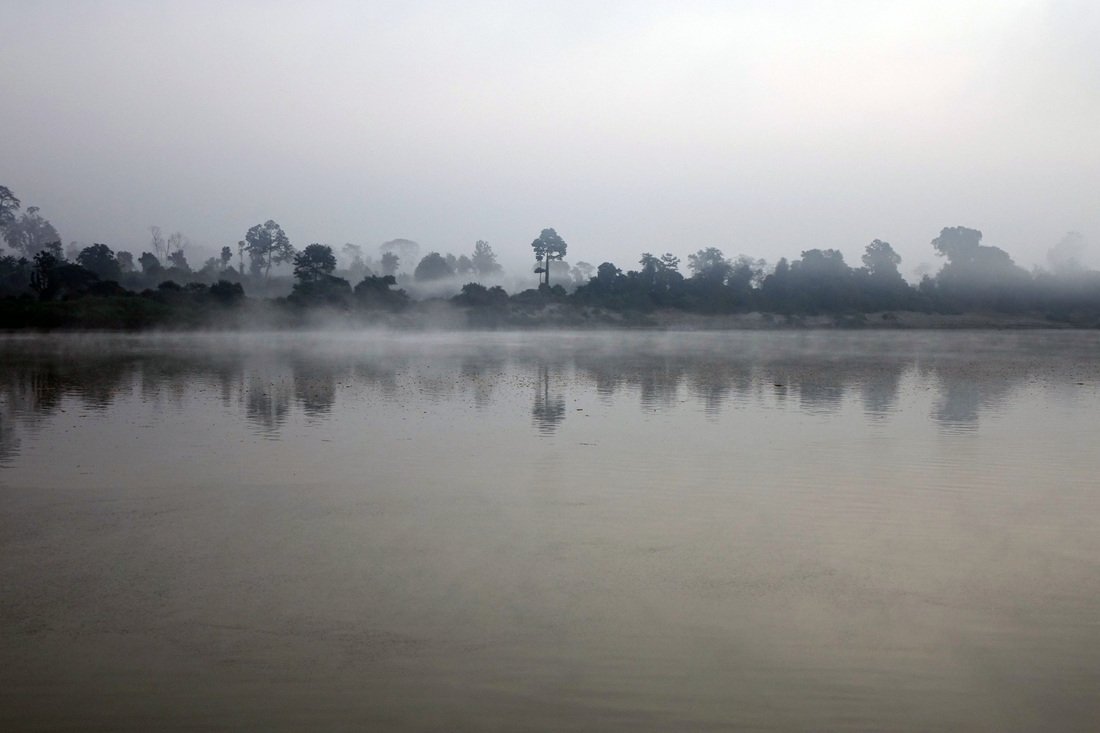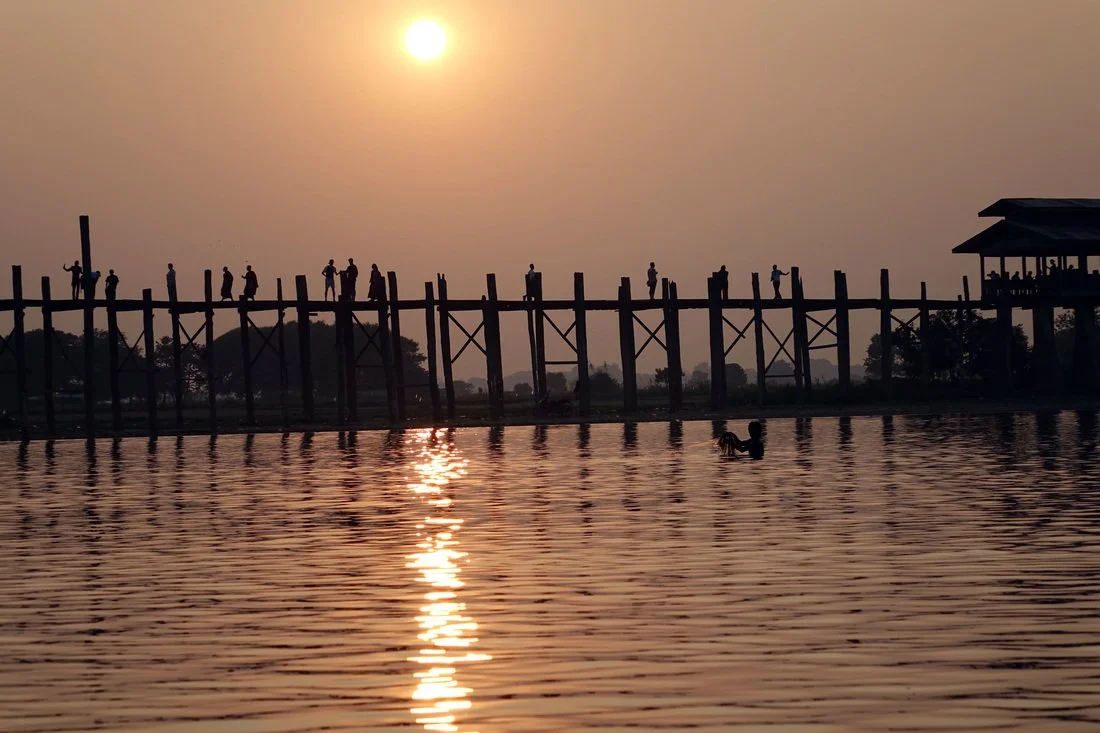Our Trip to Burma. A Series in Postcards. Part 5: Famous Sites and Cultural Icons.
Shwedagon Pagoda in Yangon, the capital city of Myanmar.
Burma is an enchanting land in the middle of a transformation. After decades of harsh rule under a military junta, the Burmese people are riding a wave of optimism as the country, also known as Myanmar, transitions toward a more open relationship with the Western world, and a new government promises more political and economic freedoms.
I was lucky to visit Burma during an adventurous Irrawaddy River cruise with Avalon Waterways on its new ship Avalon Myanmar. It was an amazing experience, seeing a land with such a unique history and people unfailingly friendly and welcoming. Most Burmese people are as interested in new visitors to their little-seen farming and crafts trade villages as we are in seeing how they live and their proud traditions.
In a five-part series on In The Loop Travel, I will offer my "Postcards of Burma" to showcase the country and its beautiful people. The series highlights photos that depict Burma's Children, Beliefs, Agriculture, Daily Life and Cultural Touchstones.
Please enjoy, and always travel happy!
JR
Shwedagon Pagoda is perhaps the most noted landmark in Yangon. The 325-foot-tall structure is among the most sacred sites in Burma and sits on Singuttara Hill. The centerpiece of a massive complex filled with numerous shrines and symbols of Buddhist faith, Shwedagon Pagoda is covered in gold and features a main spire said to contain 4,531 diamonds, including a single 72-carat gem at the top.
A vendor prepares betel leaves to sell at his open-air stand in Yangon. A large portion of the Burmese population — men, women, teens — chew betel leaf. A popular preparation involves coating the leaf with lime paste and wrapping this around a chunk of areca nut. This induces a narcotic effect and is highly addictive. Red-stained toothy smiles greet you at every turn and are a clear sign you have met an avid chewer.
The image of national hero, Nobel Peace Prize winner and leader of Burma's National League for Democracy political party Aung San Suu Kyi hangs over a market in Bhamo, a village at the northern end on the Irrawaddy River. Burmese refer to Suu Kyi as "The Lady," and she has gained even more influence since her party won control of the government after a decades-long rule of the military.
Early morning on the Irrawaddy River's northern reaches typically emits a ghostly calm as the mist rises and another day begins. The 1,300-mile river splits through the middle of Burma and plays a crucial role in the country's economy, culture and history. The river's alluvial plains provide rich soil for farming communities growing wheat, cotton, peanuts and rice, among other crops. The waters are vital for transporting goods and hold more than three dozen fish species as well as the rare Irrawaddy dolphin.
A fisherman starts at sunrise in the Irrawaddy River just south of the village of Bhamo. Fishermen have been making a living on the waters on the Irrawaddy River for centuries, delivering their catch to village markets daily.
A large elephant greets visitors at an elephant camp in a teak forest outside the village of Katha. Elephants are a symbol of mental and physical strength in Burma. The former logging camp is home to dozens of animals retired from the logging industry as well as pregnant elephants and youngsters who are receiving care under the guidance of a veterinarian. The facility allows tourism, in the form of short rides and interaction with the creatures, to offset expenses of care and food for the retired elephants, who might otherwise be released into the wild or euthanized.
Another popular place to view sunset and a cultural icon is the spectacular plains of Bagan on which more than 2,000 stone temples, shrines and stupas sit. The religious structures are connected with a series of dirt roads and trails within the Bagan Archaeological Zone. About 10 centuries ago, Bagan's wealthy rulers paid to construct the monuments in a bid to gain fortune from Buddha, and it is estimated that more than 10,000 were built.
The iconic U Bein Bridge, a 1.2 kilometer span that is made from reclaimed teak wood, is an extremely popular destination at sunset. Sampan boaters take visitors around Taungthaman Lake in Amarapura and settle in for unforgettable views as the sun drops beyond the bridge as people walk across, many of them monks returning to their monasteries after their day's activities.
Bagan's golden Shwezigon Pagoda shines impressively in the midday sun. The famous Buddhist temple was completed in 1102 and is said to have a bone and tooth of Gautama Buddha (Siddhartha) enshrined in its structure.










